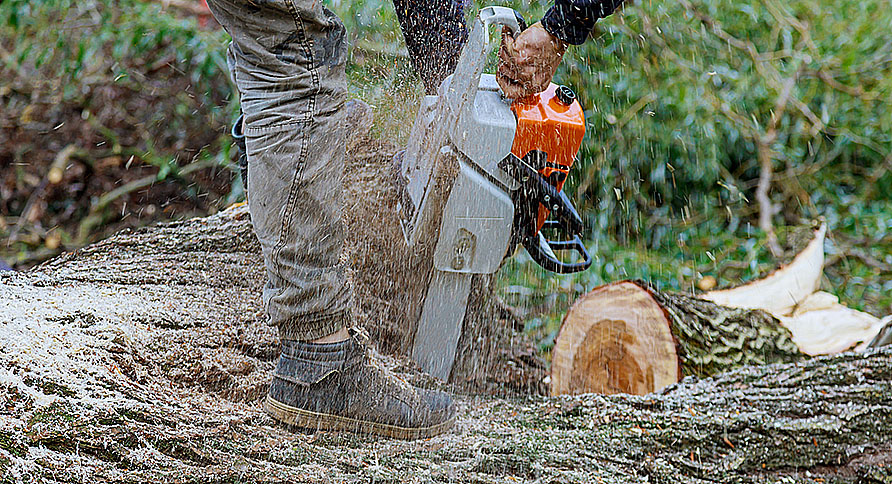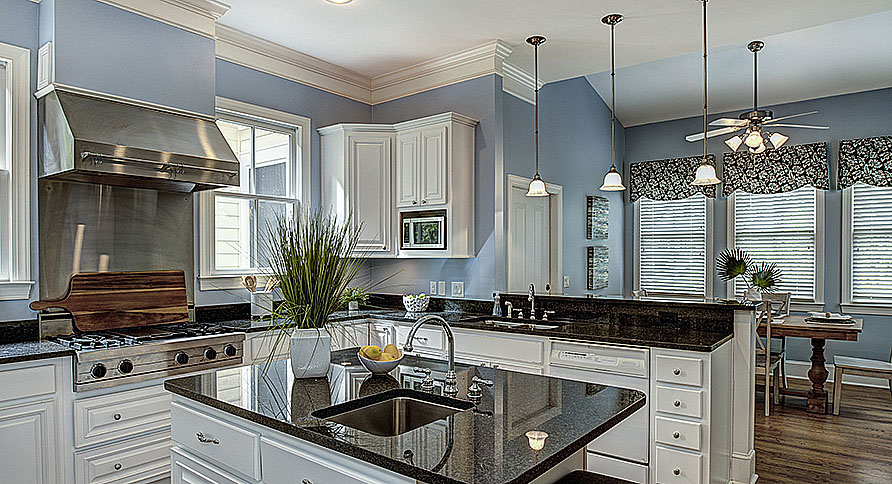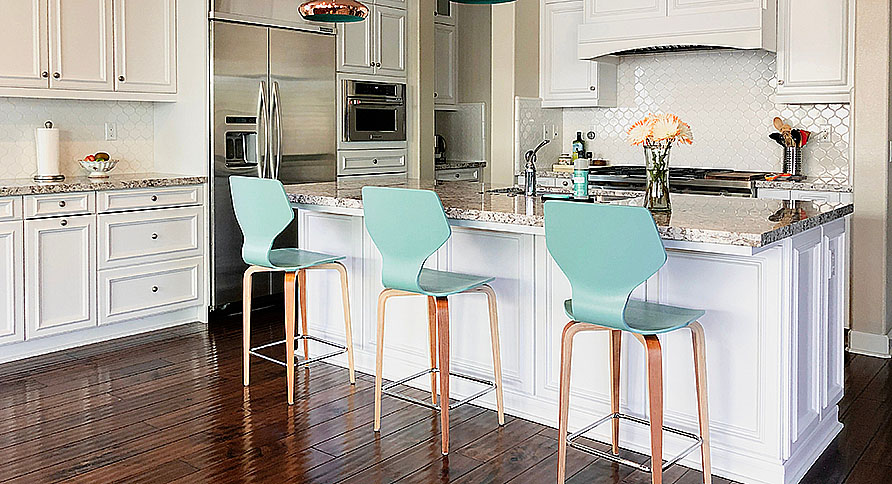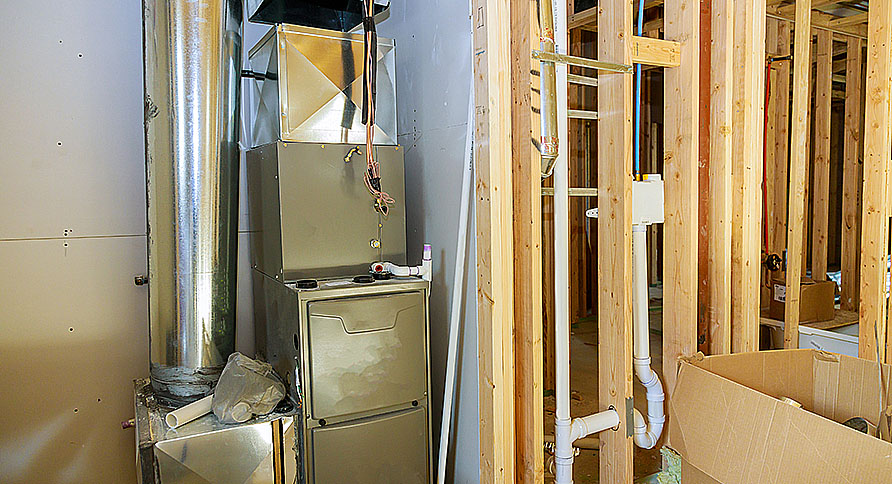In recent years, there has been a growing awareness regarding the environmental and health impacts of our water consumption habits. The conversation often revolves around two primary choices: bottled water and tap water filtration systems. Although bottled water is praised for its convenience and perceived purity, it faces criticism for its environmental drawbacks, including plastic waste generation and carbon footprint. On the other hand, a tap water filtration system offers a more sustainable and potentially healthier alternative, providing an eco-friendly solution at home that addresses both ecological and health concerns.
Benefits of Home Water Filtration Systems
The adoption of home water filtration systems is increasing as more people become aware of their numerous benefits.
Improved Water Quality
One of the main benefits of a home water filtration system is its ability to enhance water quality by removing contaminants such as chlorine, heavy metals, and bacteria. This purification process makes the water safer and more enjoyable to drink, improving both its taste and odor, thereby making it more appealing for consumption.
Health Benefits
Using a home water filtration system can significantly improve health by removing harmful contaminants, providing cleaner water that supports overall well-being. Drinking filtered water is essential for maintaining good health, aiding in digestion, hydration, and even enhancing skin condition, while reducing the intake of harmful chemicals and microorganisms.
Financial Savings
Installing a water treatment and filtration system can result in considerable financial savings over time. The cost of purchasing bottled water can add up, but with a filtration system, people can enjoy purified water directly from the tap, eliminating the need for bottled water and saving money in the long run.
Reduced Environmental Impact
Choosing a home water filtration system greatly reduces environmental impact by decreasing the demand for plastic water bottles, which are notorious for contributing to environmental degradation. Filtering water at home is a simple act of environmental stewardship, helping to reduce plastic pollution.
Convenience and Ease of Use
Home water filtration systems offer convenience by providing immediate access to clean water without the need to purchase bottled water. These systems are designed for easy use and maintenance, typically requiring only periodic filter replacements.
Essential for Vulnerable Populations
Filtered water is particularly important for sensitive groups such as infants, the elderly, and those with compromised immune systems. These populations are more susceptible to the negative effects of water pollutants, making access to purified water through a home filtration system crucial for protecting their health.
Prolonged Appliance Life
Filtered water benefits not only personal health but also the longevity of household appliances. Hard water, which contains high levels of minerals, can damage appliances such as kettles and washing machines. A filtration system reduces these minerals, thereby extending the lifespan of appliances.
Enhanced Cooking
Using filtered water can improve the culinary experience by ensuring cooking water is free of impurities, potentially enhancing the flavor of food. The quality of water is a key component in cooking, directly affecting the taste and quality of prepared meals.
Customization and Flexibility
Home water filtration installers offer options like water softener installation Warren and other customizations to meet individual needs. Consumers can choose from various systems designed to remove specific contaminants or improve water taste and odor, allowing for a personalized approach to water filtration based on the unique characteristics of their water supply.
Choosing the Right Water Filtration System
Selecting the appropriate water filtration system is crucial for ensuring access to clean, safe drinking water and requires consideration of several key factors.
Understanding Your Water Source
The first step is identifying the source of your water, as it determines the type of filtration system needed. Water from municipal supplies and wells may contain different impurities, necessitating a tailored approach to filtration.
Identifying Contaminants
Knowing the specific contaminants present in your water is essential for choosing an effective filtration system. Common pollutants include chlorine, lead, bacteria, and minerals, each affecting water quality in unique ways and posing various health risks.
Choosing the Type of Filtration System
There are various filtration systems available, each suited to address specific contaminants. Options range from activated carbon filters, effective against organic compounds and chlorine, to reverse osmosis systems and ultraviolet filters, each offering distinct advantages depending on the contaminants present.
Installation and Maintenance
The installation location and maintenance requirements of the filtration system are important considerations. Systems vary in their installation needs and maintenance schedules, influencing their suitability for different households.
Cost Analysis
Evaluating the cost of a filtration system involves considering both the initial investment and ongoing expenses, such as filter replacements. Balancing cost with effectiveness is key to finding a system that offers both value and performance.
Certification Standards
Choosing systems with certifications from reputable organizations ensures that the filtration system meets established standards for safety and effectiveness, providing assurance of its performance.
Household Water Consumption
Assessing the water usage of your household helps in selecting a system capable of meeting your daily needs, ensuring that the filtration system can accommodate your water consumption patterns.
Educational Outreach and Awareness
Raising awareness about the benefits of home water filtration systems and the environmental impact of bottled water is crucial. Educational outreach programs can significantly inform the public about the sustainability and health benefits of filtering tap water. This can include strategies like community workshops, school programs, and social media campaigns, aimed at promoting the adoption of water filtration systems and reducing reliance on bottled water.
Technological Advances in Water Filtration
The field of water filtration technology is rapidly advancing, with new innovations offering more efficient and effective solutions for purifying tap water. This section explores the latest advancements, such as nanotechnology filters, smart filtration systems that monitor water quality in real-time, and eco-friendly materials for filters. It also considers the future potential of these technologies to further enhance water quality and accessibility.
Global Perspective on Water Consumption
Water consumption patterns and access to clean drinking water vary significantly worldwide. This section provides a global overview of water consumption, highlighting regions where access to clean water is a major issue and discussing how different countries are adopting water filtration technologies. It also touches on international efforts to improve water quality and accessibility, including initiatives by non-governmental organizations and partnerships between countries.
Conclusion
The decision between bottled water and tap water filtration systems extends beyond personal preference, involving significant environmental and health implications. Opting for a home water filtration system not only supports environmental conservation but also offers a cost-effective, health-promoting alternative to bottled water. As society increasingly embraces sustainable living practices, the shift towards whole house water filtration Meadville represents a positive movement towards protecting our planet and promoting public health, highlighting the importance of making informed decisions about our water consumption habits.









